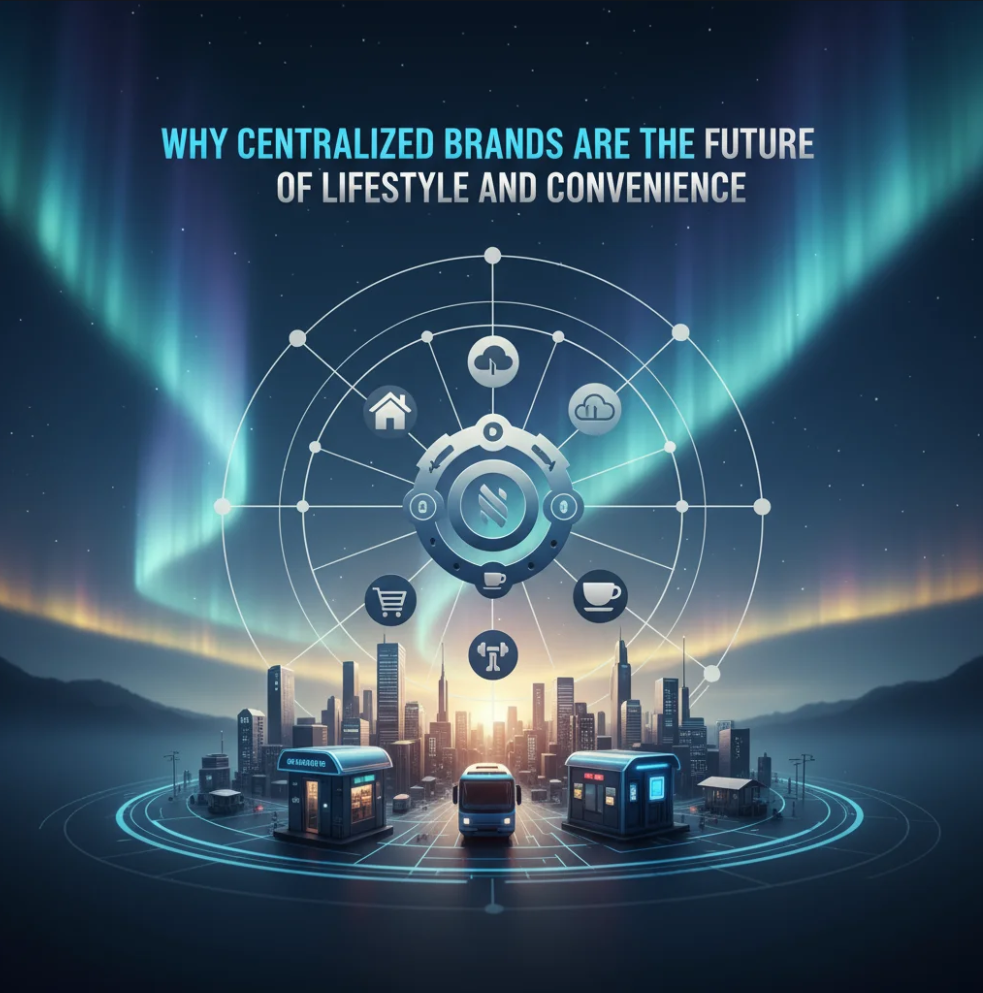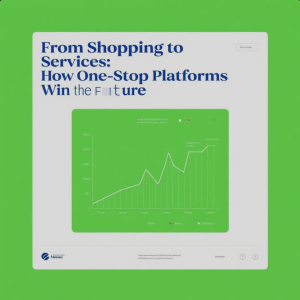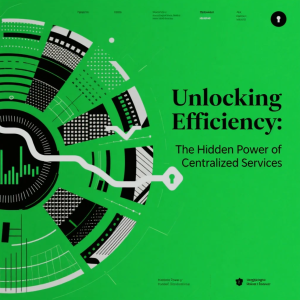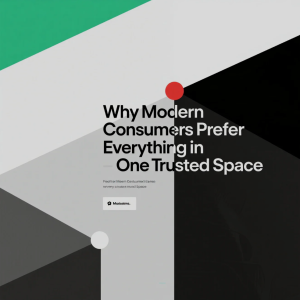In an age where time is one of our most valuable assets, consumers are seeking solutions that simplify their daily lives. Enter centralized brands — companies that combine multiple products, services, or experiences under one umbrella, delivering convenience, consistency, and a seamless lifestyle.
1. Seamless Integration of Services
Centralized brands combine multiple offerings into a single platform. Imagine a company where you can shop, book services, access entertainment, and manage subscriptions all in one place. This integration reduces friction, making everyday life smoother and more efficient.
2. Stronger Customer Loyalty
By offering a consistent and reliable experience across services, centralized brands build deeper relationships with customers. Users are more likely to stay loyal when they can trust one brand to meet multiple needs rather than juggling several providers.
3. Data-Driven Personalization
Centralized platforms can analyze user behavior across services to offer personalized recommendations, discounts, and content. This approach enhances convenience while making the experience more tailored and relevant for each customer.
4. Cost and Time Efficiency
With centralized brands, consumers save both time and money. Bundled services, single sign-on accounts, and integrated apps reduce the need to switch platforms or repeat processes — creating a smoother lifestyle ecosystem.
5. Future-Ready Innovation
Centralized brands are agile, adopting new technologies quickly — from mobile apps and AI-powered assistants to smart home integration. This allows them to anticipate and adapt to evolving lifestyle needs, making them the natural leaders in convenience-driven markets.
The Takeaway
The future of lifestyle is streamlined, connected, and user-focused. Centralized brands represent this shift, creating ecosystems that simplify life while enhancing the overall customer experience. For modern consumers, convenience is not a luxury — it’s a necessity, and centralized brands are delivering it like never before.




